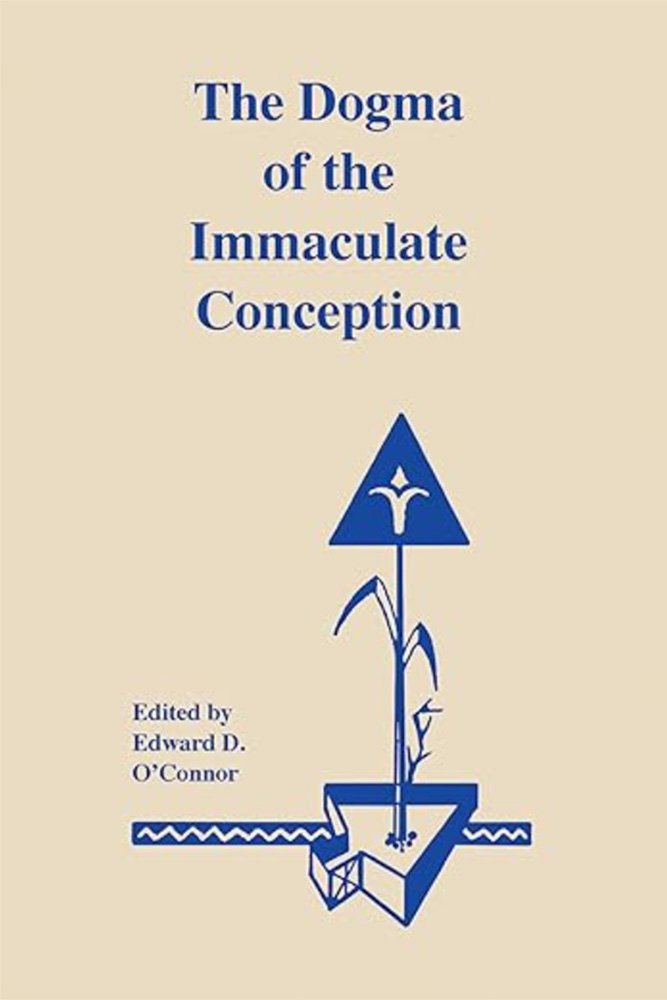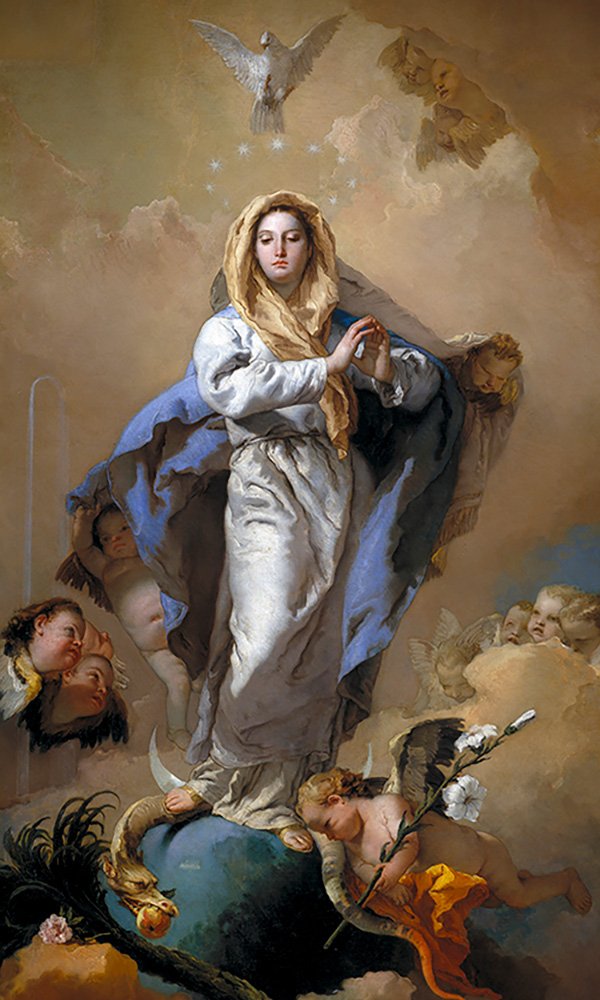
By Giovanni Battista Tiepolo – http://www.museodelprado.es/imagen/alta_resolucion/P00363.jpg, Public Domain, Link
Our Lady of the Immaculate Conception
Year Recognized by the Church: 1854
Pope in Office: Pope Pius IX
Declared By: Apostolic Constitution Ineffabilis Deus
Feast Day: December 8
Apparition: Confirmed at Lourdes, France (1858)
Our Lady of the Immaculate Conception refers to Mary being conceived without original sin, preserving her from the stain of sin from the moment of her existence. This dogma, solemnly defined by Pope Pius IX in 1854, highlights Mary’s unique role in God’s plan for salvation. It emphasizes her purity and total dedication to the will of God, serving as a model of holiness for all believers.
Prayer to Our Lady of the Immaculate Conception
O Mary, conceived without sin, pray for us who have recourse to thee.
Resources for Our Lady of the Immaculate Conception
The Dogma of the Immaculate Conception: History and Significance
Edward D. O’Connor
A theological examination of the biblical and traditional foundations for the Immaculate Conception.
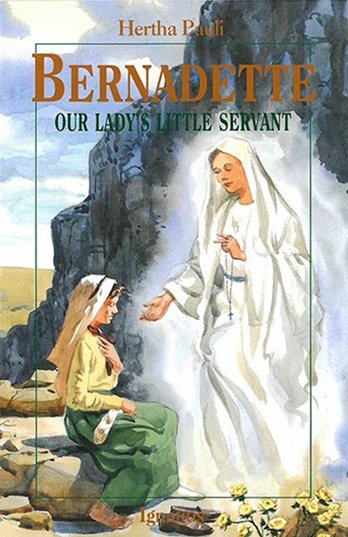
St. Bernadette – Our Lady’s Little Servant
Ignatius Press
Discover the inspiring tale of St. Bernadette Soubirous in “St. Bernadette – Our Lady’s Little Servant”.
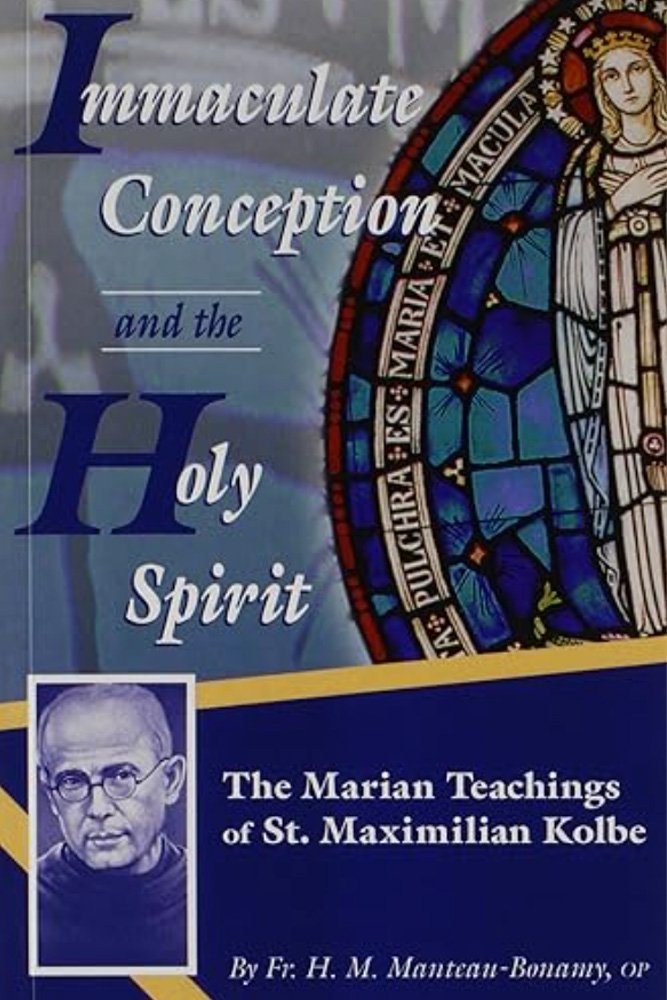
Immaculate Conception and the Holy Spirit: The Marian Teaching of St. Maximilian Kolbe
H. M. Manteau-Bonamy
The Marian Teachings of St. Maximilian Kolbe
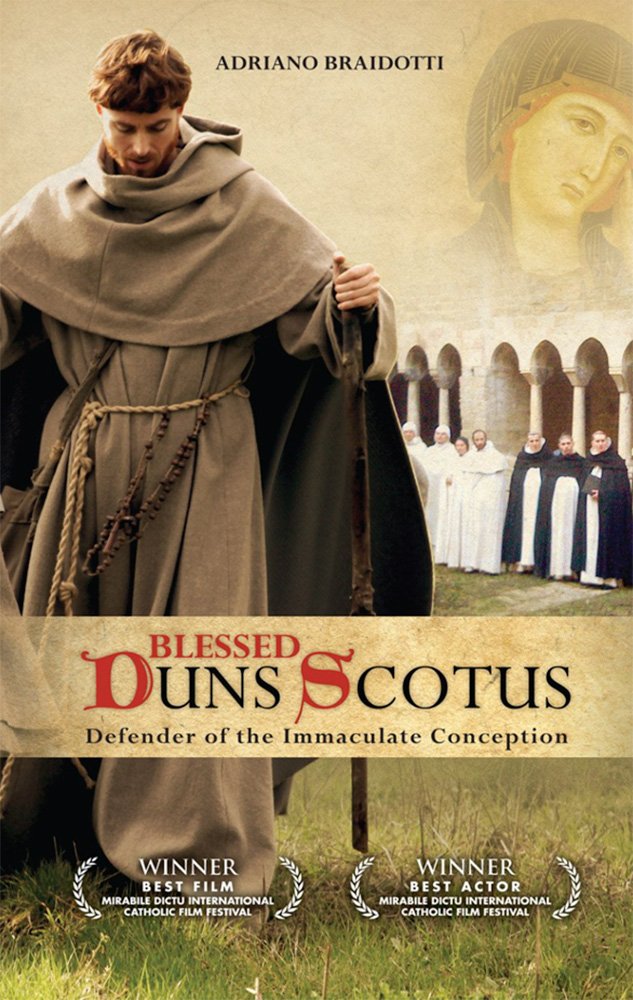
Blessed Duns Scotus
DVD
Defender of the Immaculate Conception
The Theology of the Immaculate Conception
The Catholic Church venerates Mary under many titles, but the Immaculate Conception holds a special place in the hearts of the faithful. This title reflects the Church’s teaching that Mary, from the moment of her conception, was preserved free from the stain of original sin through the merits of her Son, Jesus Christ. But what is the origin of this belief, and why is it so central to our Catholic faith? In this article, we will explore the theology, history, and spiritual significance of Our Lady of the Immaculate Conception.
The doctrine of the Immaculate Conception teaches that Mary was conceived without original sin. This unique privilege was granted to her by God in preparation for her role as the Mother of Jesus, who is both God and man. The Catechism of the Catholic Church explains:
“To become the mother of the Savior, Mary ‘was enriched by God with gifts appropriate to such a role.’ The angel Gabriel at the moment of the annunciation salutes her as ‘full of grace.’ In fact, in order for Mary to be able to give the free assent of her faith to the announcement of her vocation, it was necessary that she be wholly borne by God’s grace” (CCC 490).
This doctrine highlights Mary’s singular dignity and underscores the profound truth of God’s redemptive plan for humanity. Mary’s Immaculate Conception was not of her own doing but a divine grace granted in anticipation of Christ’s saving sacrifice.
The Dogmatic Declaration
The belief in Mary’s Immaculate Conception has deep roots in Christian tradition, but it was officially defined as dogma on December 8, 1854, by Pope Pius IX in the papal bull Ineffabilis Deus. In this declaration, Pope Pius IX proclaimed:
“We declare, pronounce, and define that the doctrine which holds that the Most Blessed Virgin Mary, in the first instance of her conception, by a singular grace and privilege granted by Almighty God, in view of the merits of Jesus Christ, the Savior of the human race, was preserved free from all stain of original sin, is a doctrine revealed by God and therefore to be believed firmly and constantly by all the faithful.”
This declaration followed centuries of theological debate and growing devotion to Mary’s purity. Among the theologians who contributed significantly to the development of this doctrine was Blessed John Duns Scotus (1266–1308).
Blessed John Duns Scotus: Champion of the Immaculate Conception
Blessed John Duns Scotus, a Franciscan theologian and philosopher, played a pivotal role in articulating the theological foundation for the Immaculate Conception. Known as the “Subtle Doctor” for his nuanced and precise reasoning, Scotus defended the idea that Mary was preserved from original sin through the foreseen merits of Jesus Christ.
At a time when theologians like St. Thomas Aquinas and St. Bonaventure debated the possibility of Mary’s Immaculate Conception, Scotus offered a compelling solution. He argued that Christ’s redemptive act was so powerful that it could preserve Mary from sin in anticipation of His sacrifice. Scotus expressed this reasoning in what is now known as the “principle of preservative redemption”:
Key Argument: “Potuit, decuit, ergo fecit” (“God could do it, it was fitting that He do it, therefore He did it”).
- Potuit: God had the power to preserve Mary from sin.
- Decuit: It was fitting for Mary, the Mother of the Redeemer, to be without sin.
- Ergo fecit: Therefore, God granted her this grace.
Scotus’ contributions laid the groundwork for the eventual dogmatic declaration in 1854. His works, particularly his theological treatises on Mary, remain a cornerstone of Marian theology. His bold defense of this doctrine earned him the title “Marian Doctor.”
Miraculous Affirmation: Lourdes, 1858
Four years after the dogma was proclaimed, Our Lady appeared to St. Bernadette Soubirous in Lourdes, France. When asked her name, Mary replied, “I am the Immaculate Conception.” This affirmation from Mary herself reinforced the Church’s teaching and inspired a global devotion to her under this title. Today, Lourdes remains one of the most visited Marian pilgrimage sites in the world.
The Importance of the Title
The Immaculate Conception reveals the depth of God’s mercy and the transformative power of grace. By preserving Mary from sin, God demonstrates His plan to redeem humanity through Christ. For Catholics, this doctrine also underscores Mary’s unique role in salvation history as the Mother of God and a model of holiness.
Mary’s sinlessness inspires us to strive for purity and trust in God’s grace. It reminds us that through Christ, we too are called to share in the divine life.
Theological Support for Our Lady of the Immaculate Conception
Biblical Reference
Genesis 3:15 – “I will put enmity between you and the woman, and between your offspring and hers.” Mary is seen as the “new Eve,” entirely opposed to sin, in perfect harmony with God’s will.
Luke 1:28 – The angel Gabriel greets Mary, “Hail, full of grace.” This title indicates Mary’s state of grace, free from sin, even before the Incarnation.
Song of Songs 4:7 – “You are altogether beautiful, my love; there is no flaw in you.” This verse is often applied to Mary in Marian theology, emphasizing her purity and sinlessness.
Revelation 12:1 – “A great sign appeared in heaven: a woman clothed with the sun, with the moon under her feet and a crown of twelve stars on her head.” Mary, as the Queen of Heaven, reflects the fullness of grace and glory.
Catechism of the Catholic Church
CCC 490 – Mary’s Unique Role and Grace
“To become the mother of the Savior, Mary ‘was enriched by God with gifts appropriate to such a role.’ The angel Gabriel at the moment of the annunciation salutes her as ‘full of grace.’ In fact, in order for Mary to be able to give the free assent of her faith to the announcement of her vocation, it was necessary that she be wholly borne by God’s grace.”
CCC 491 – Definition of the Immaculate Conception
“Through the centuries the Church has become ever more aware that Mary, ‘full of grace’ through God, was redeemed from the moment of her conception. That is what the dogma of the Immaculate Conception confesses, as Pope Pius IX proclaimed in 1854:
‘The most Blessed Virgin Mary was, from the first moment of her conception, by a singular grace and privilege of Almighty God and by virtue of the merits of Jesus Christ, Savior of the human race, preserved immune from all stain of original sin.’ (Ineffabilis Deus).”
CCC 492 – Mary and Her Role in Redemption
“The ‘splendor of an entirely unique holiness’ by which Mary is ‘enriched from the first instant of her conception’ comes wholly from Christ: she is ‘redeemed, in a more exalted fashion, by reason of the merits of her Son.’ The Father blessed Mary more than any other created person ‘in Christ with every spiritual blessing in the heavenly places’ and chose her ‘in Christ before the foundation of the world, to be holy and blameless before him in love’ (cf. Eph 1:3–4).”
CCC 493 – Mary’s Holiness and Her Role as the New Eve
“The Fathers of the Eastern tradition call the Mother of God ‘the All-Holy’ (Panagia), and celebrate her as ‘free from any stain of sin, as though fashioned by the Holy Spirit and formed as a new creature.’ By the grace of God Mary remained free of every personal sin her whole life long. ‘Let it be done to me according to your word . . .’ (Lk 1:38).”
CCC 508 – Mary and God’s Choice of the Redeemer’s Mother
“From among the descendants of Eve, God chose the Virgin Mary to be the mother of his Son. ‘Full of grace,’ Mary is ‘the most excellent fruit of redemption’: from the first instant of her conception, she was totally preserved from the stain of original sin and she remained pure from all personal sin throughout her life.”
Theological Insights from Saints
St. Ephrem the Syrian (306–373) – “You alone and your Mother are more beautiful than any others; for there is no blemish in you, nor any stains upon your Mother.”
St. Ephrem praises the unparalleled purity and holiness of Mary, recognizing her as without blemish, fitting for the Mother of God.
St. Augustine (354–430) – “We must except the Holy Virgin Mary, concerning whom I wish to raise no question when it touches the subject of sins, out of honor to the Lord.”
St. Augustine affirms Mary’s exceptional sinlessness, honoring her unique role in the divine plan of salvation.
St. Thomas Aquinas (1225–1274) – Although initially hesitant about the Immaculate Conception, he recognized Mary’s unique role in salvation, emphasizing her sanctity as necessary for her divine mission.
St. Thomas highlights Mary’s profound holiness as essential to her mission as the Mother of God, integral to salvation history.
St. Maximilian Kolbe (1894–1941) – “Who are you, O Immaculate Conception? Not God, surely, for you have your beginning in time; not an angel, for you are superior to all angels. You are the Mother of God!”
Kolbe marvels at Mary’s Immaculate Conception, acknowledging her unique identity as the Mother of God and her surpassing dignity.
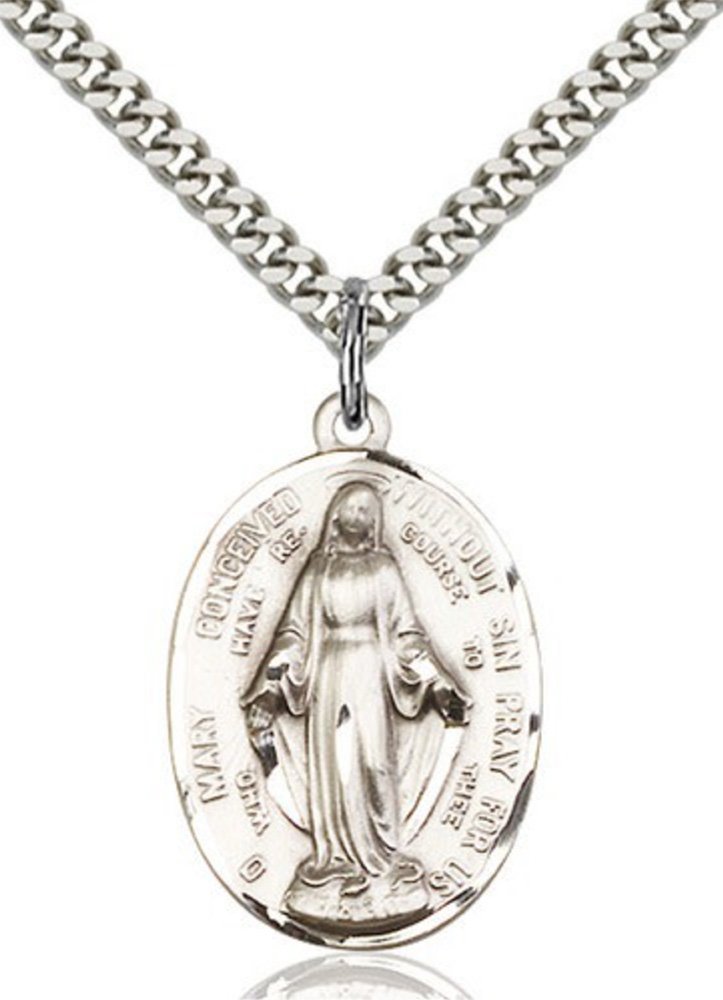
Immaculate Conception Necklace
This exquisite Sterling Silver Immaculate Conception Pendant, measuring 1 x 5/8 inches, is complemented by a 24″ light rhodium heavy curb chain with clasp. Handcrafted in the U.S.A.
Additional Titles of Mary
- Mother of Divine Grace
- Mother Most Chaste
- Mother Most Admirable
- Virgin Most Merciful
- Virgin Most Renowned
- Tower of David
- Tower of Ivory
- House of Gold
- Mirror of Justice
- Seat of Wisdom
- Mystical Rose
- Rose Without Thorns
- Spiritual Vessel
- Vessel of Honor
- Singular Vessel of Devotion
- Refuge of the Afflicted
- Advocate of Eve
- Lily Among Thorns
- Temple of the Holy Spirit
- Treasury of the Church
- Handmaid of the Lord
- Bride of the Holy Spirit
- Holy Mother of Unity
- Daughter of Zion
- New Eve

